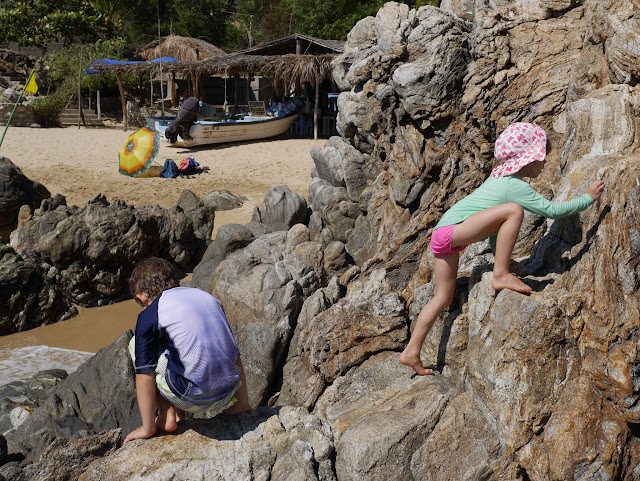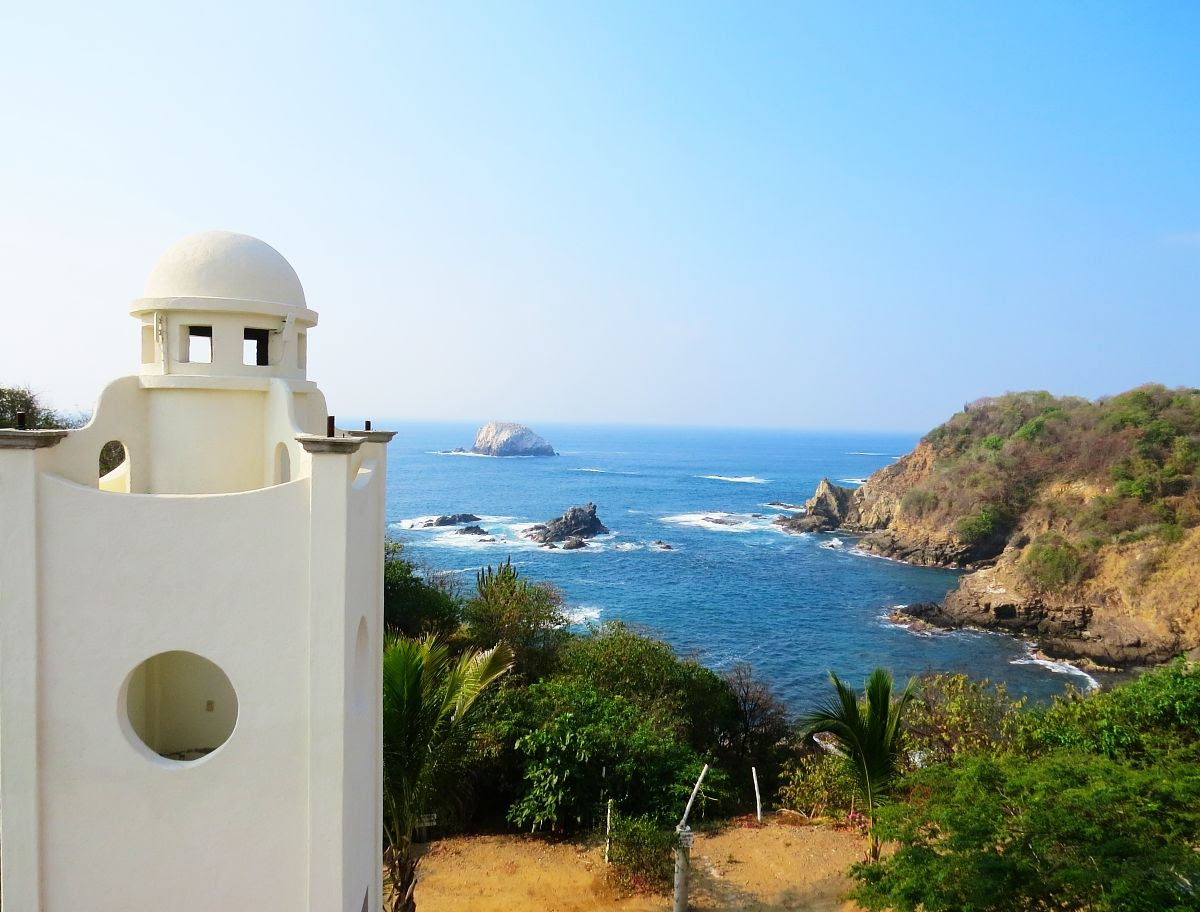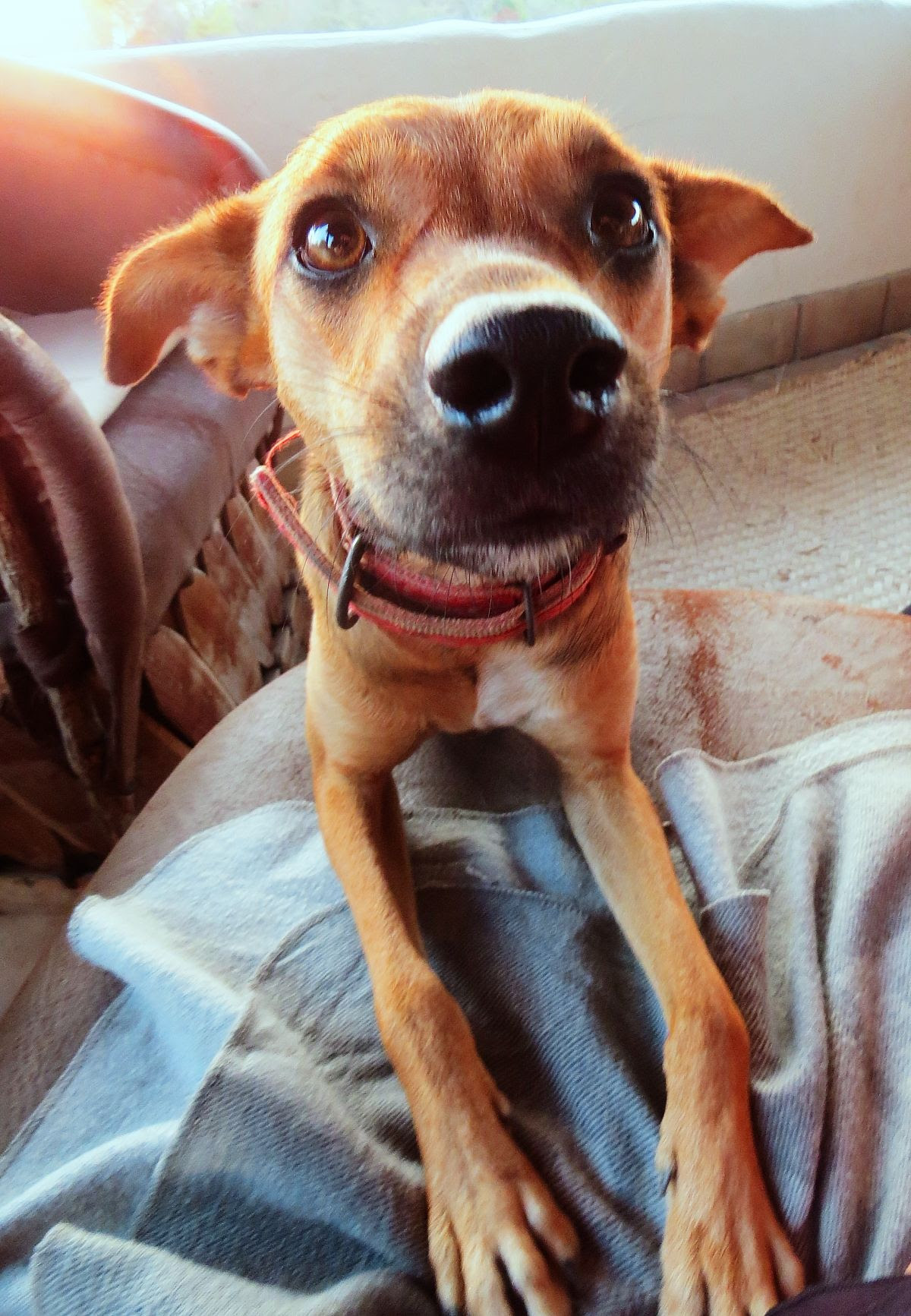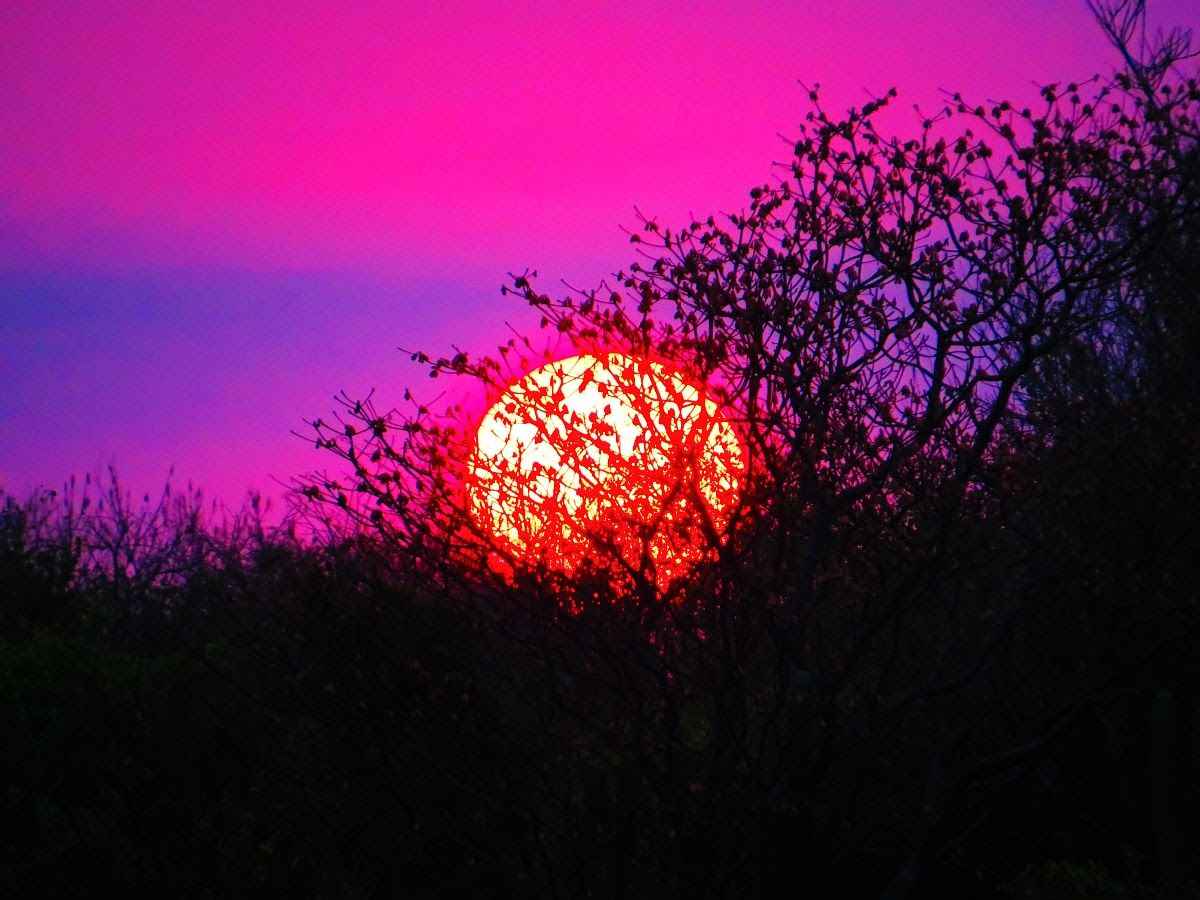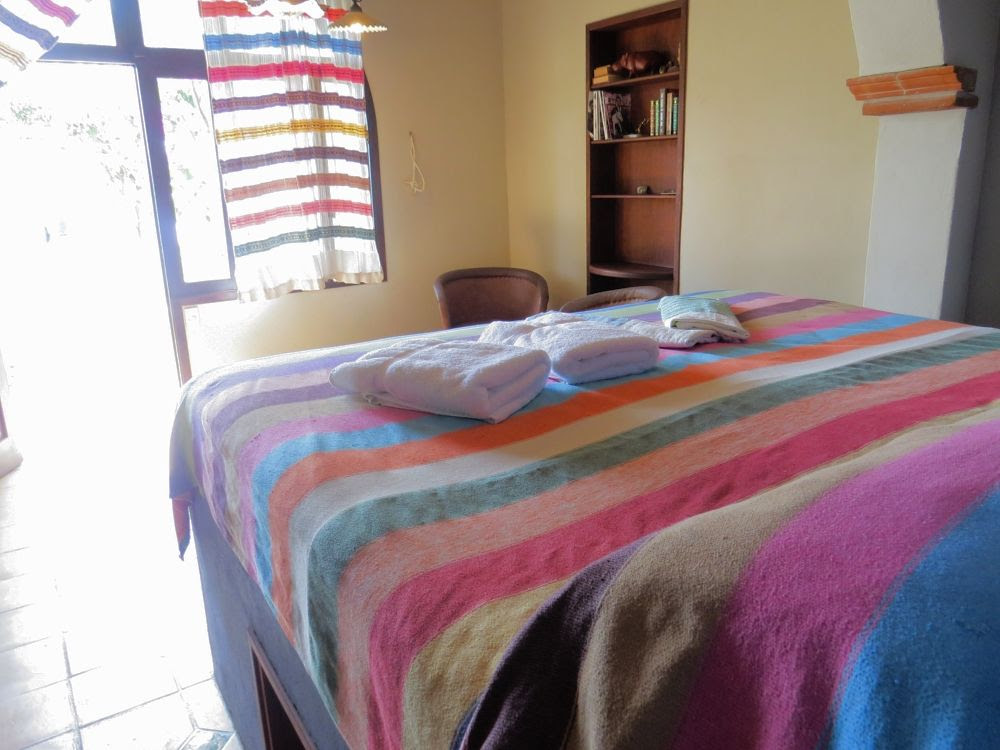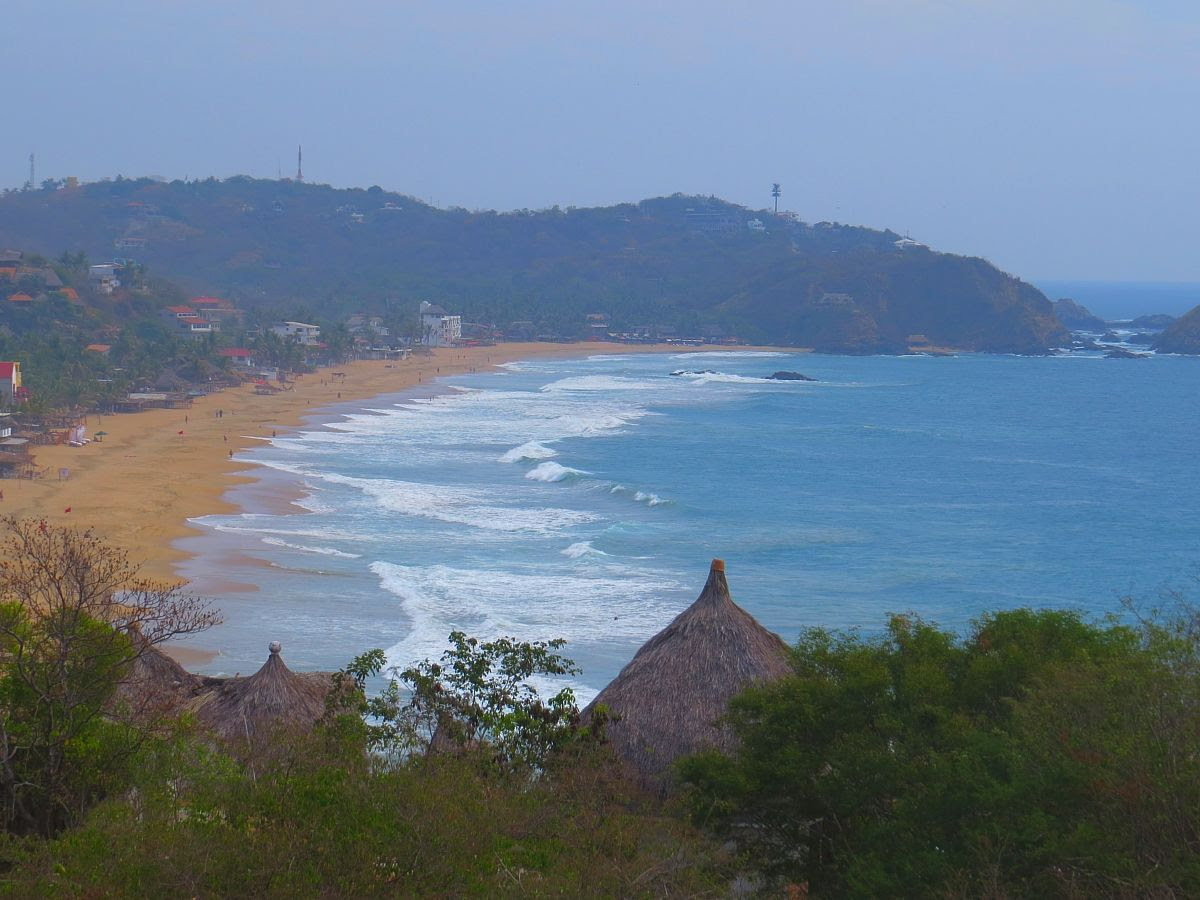Bob McTavish is one of the industry's true
workhorses. You can't deny, the man is a
legend, whatever your definition and at
71-years-old, he's still stoked to be in the
shaping bay.
workhorses. You can't deny, the man is a
legend, whatever your definition and at
71-years-old, he's still stoked to be in the
shaping bay.
During a working holiday to the Basque Country,
he constructed 180 boards in two weeks
(a few of which you can check out here).
Dusty, tired, and shaped out by his own
admission – not that he let it show –
we caught up with him after his final
12 hour stint in the bay. Where better to start
than right at the very start?
he constructed 180 boards in two weeks
(a few of which you can check out here).
Dusty, tired, and shaped out by his own
admission – not that he let it show –
we caught up with him after his final
12 hour stint in the bay. Where better to start
than right at the very start?
© 2016 - Aitor Molina // PUKAS SURF.
How did a career in shaping come about
in the first place?
The first board, my father brought a 16ft
oothpick, you know the hollow, wooden
boards and I tried to surf that and hated it.
So immediately I went home and shaped a
hollow plywood bodyboard, about the
standard size of a bodyboard today. About 4
0 inches long and about 20 inches wide. I w
as 12-years-old, so what started me was
that I hated the existing equipment and
wanted to make something better. The
next one I made was when I was 15, in 1959.
I got a balsa board for 10 pounds, tore
the glass off and reshaped it and it
went a lot better.
in the first place?
The first board, my father brought a 16ft
oothpick, you know the hollow, wooden
boards and I tried to surf that and hated it.
So immediately I went home and shaped a
hollow plywood bodyboard, about the
standard size of a bodyboard today. About 4
0 inches long and about 20 inches wide. I w
as 12-years-old, so what started me was
that I hated the existing equipment and
wanted to make something better. The
next one I made was when I was 15, in 1959.
I got a balsa board for 10 pounds, tore
the glass off and reshaped it and it
went a lot better.
That's what's motivated me and it still motivates me today, to make boards that go better. Simple.
So I’ve always
wanted to
make boards
go better,
that's been
my career
all my
life – to make surfboards go better and
mainly through shaping but sometimes
through technology. Yeah that's what's
motivated me and it still motivates me
today, to make boards that go better.
Simple.
wanted to
make boards
go better,
that's been
my career
all my
life – to make surfboards go better and
mainly through shaping but sometimes
through technology. Yeah that's what's
motivated me and it still motivates me
today, to make boards that go better.
Simple.
Despite profound influence on
shortboard design, your brand
sits largely in the realm of
wave riding. Is that a reflection
of your own wave riding or
something else?
It's partly that. It's that the
shortboard market is so crowded
and to my thinking it’s so boring.
If it's a 16th of an inch or an 8th
of an inch and that makes a
difference, it's gotten too
boring for me. Whereas in the
alternative world you can make
a huge range of equipment
that's interesting and exciting.
For example, in one day I shaped
two a-symmetrics, one 5'7" and
one 5'8". I’ve shaped a 6'8" bluebird
from the '70s – 3 inches thick and
25 wide and I shaped 9'3" Noosa '66 –
3 inches thick with a roll bottom and
egg rails – so that's a fun day.
shortboard design, your brand
sits largely in the realm of
wave riding. Is that a reflection
of your own wave riding or
something else?
It's partly that. It's that the
shortboard market is so crowded
and to my thinking it’s so boring.
If it's a 16th of an inch or an 8th
of an inch and that makes a
difference, it's gotten too
boring for me. Whereas in the
alternative world you can make
a huge range of equipment
that's interesting and exciting.
For example, in one day I shaped
two a-symmetrics, one 5'7" and
one 5'8". I’ve shaped a 6'8" bluebird
from the '70s – 3 inches thick and
25 wide and I shaped 9'3" Noosa '66 –
3 inches thick with a roll bottom and
egg rails – so that's a fun day.
While we're on the subject of
a-symmetrics, what are your
thoughts on those shapes
we’re starting to see come back?
The first time I made an a-symmetric
was in 1962 with Midget Farrelly
with some change in the toe shape
and the next time in '76, I made a
board specific for Lennox Point.
They were narrower on the forehand
and broader and shorted on the
backhand, so you get a generally faster
cutback.
a-symmetrics, what are your
thoughts on those shapes
we’re starting to see come back?
The first time I made an a-symmetric
was in 1962 with Midget Farrelly
with some change in the toe shape
and the next time in '76, I made a
board specific for Lennox Point.
They were narrower on the forehand
and broader and shorted on the
backhand, so you get a generally faster
cutback.
Then we made a-symmetric tail
boards in the '80s, and this time
around, certainly watching Ryan
Burch footage, meeting Ryan and
talking with him and working
with Thomas Campbell we’ve
made a lot of a-symmetrics lately.
I made one for Rasta and he’s
just left a message that we wants a
bunch more.
boards in the '80s, and this time
around, certainly watching Ryan
Burch footage, meeting Ryan and
talking with him and working
with Thomas Campbell we’ve
made a lot of a-symmetrics lately.
I made one for Rasta and he’s
just left a message that we wants a
bunch more.
It's always been the reason that through your
toes and ankles and knees and hips, you’ve
got far more control on your forehand but
less application of power. Whereas back
hand you’ve got less control but a very
strong point under your heel. So
working with those two features,
yes I’m really enjoying making
a-symmetrics and getting great
successes using twin-fins forehand
and something like a quad or a
thruster on the backhand.
toes and ankles and knees and hips, you’ve
got far more control on your forehand but
less application of power. Whereas back
hand you’ve got less control but a very
strong point under your heel. So
working with those two features,
yes I’m really enjoying making
a-symmetrics and getting great
successes using twin-fins forehand
and something like a quad or a
thruster on the backhand.
You were a big part of defining
design of modern surfboard
design, but where do you see
the next innovations coming from?
Good question. We’re redoing a lot
of late '60s and early '70s designs
with the modern understanding of
rocker and we’re getting some
tremendous results. I always
thought a thruster or a quad were
the only boards that could take a
high-line and maintain it up in the
roof but the singles we're doing
now are almost replicating thruster
performance and it's got great appeal.
It's a bit more cruisy, not as quite
much drive but close and certainly
taking singles into places they never
could before. I think with the
influence of people like Alex Knost
and the Noosa young crew, like
Harrison Roach – I’ve made boards
for both of them this year and t
hey’re surfing them differently to
how we surfed them in the '70s.
It's got a broad appeal and a really
attractive style of surfing. Much
thicker boards with real different
rails so they’re easy wave catchers,
but they’re just very exciting boards
and very good barrel riders.
design of modern surfboard
design, but where do you see
the next innovations coming from?
Good question. We’re redoing a lot
of late '60s and early '70s designs
with the modern understanding of
rocker and we’re getting some
tremendous results. I always
thought a thruster or a quad were
the only boards that could take a
high-line and maintain it up in the
roof but the singles we're doing
now are almost replicating thruster
performance and it's got great appeal.
It's a bit more cruisy, not as quite
much drive but close and certainly
taking singles into places they never
could before. I think with the
influence of people like Alex Knost
and the Noosa young crew, like
Harrison Roach – I’ve made boards
for both of them this year and t
hey’re surfing them differently to
how we surfed them in the '70s.
It's got a broad appeal and a really
attractive style of surfing. Much
thicker boards with real different
rails so they’re easy wave catchers,
but they’re just very exciting boards
and very good barrel riders.
So I think two things will happen,
I think we’ll see a-symmetrics continue
to grow, and world champion designs
will take a lot of territory too. It's very
exciting, both those things are very exciting.
I think we’ll see a-symmetrics continue
to grow, and world champion designs
will take a lot of territory too. It's very
exciting, both those things are very exciting.
In your opinion, what defines a
good shaper amongst a crowded
market?
I always use the word designers, and
shapers. Designers think of new things
that improve shortboards and come
up with them and establish them as a
standard part of surfboard etiquette.
So you’ve got your Simon Anderson, a
guy you’ve probably never heard of
called Vinnie Bryant from Kauai who
did the first super hard down rail. It
was a break through. Of course Al
Merrick – I think Al was the first
guy to correctly assemble all of the
ingredients into a shortboard.
good shaper amongst a crowded
market?
I always use the word designers, and
shapers. Designers think of new things
that improve shortboards and come
up with them and establish them as a
standard part of surfboard etiquette.
So you’ve got your Simon Anderson, a
guy you’ve probably never heard of
called Vinnie Bryant from Kauai who
did the first super hard down rail. It
was a break through. Of course Al
Merrick – I think Al was the first
guy to correctly assemble all of the
ingredients into a shortboard.
There are a thousand shapers that are more accurate than I am and guys who can churn out lots of shapes a day, but I haven’t much respect for them, 'cos machines can do that.
I think by
'97 or '98
Nate Bell
had correctly
put together
the modern
shortboard,
and of course
it had shrunk
a little, got
thinner
some of the concave had changed
a little bit, but he certainly
introduced putting the power
under your back-foot and releasing
the power from your back-foot
further back, after your back-foot.
The stuff he made for Tom Curren
was to me the first correct shortboard.
So I really admire Al, but I think he’s
slowed down a lot. I wish he’d keep going.
'97 or '98
Nate Bell
had correctly
put together
the modern
shortboard,
and of course
it had shrunk
a little, got
thinner
some of the concave had changed
a little bit, but he certainly
introduced putting the power
under your back-foot and releasing
the power from your back-foot
further back, after your back-foot.
The stuff he made for Tom Curren
was to me the first correct shortboard.
So I really admire Al, but I think he’s
slowed down a lot. I wish he’d keep going.
So it's all about innovation?
You know that shapers thing they
hold in California where they
copy a guy's shape? What's it
called? Sacred Craft. Well I hope
I never get invited [laughs]. ’Cos
I’m not that accurate you know.
There are a thousand shapers that a
re more accurate than I am and guys
who can churn out lots of shapes a
day, but I haven’t much respect for
them, 'cos machines can do that.
So it's designers that I admire and
I’m always looking around. Ryan
Burch is a brilliant designer right
now. Not just because he’s doing
a-symmetric but if you see his
laminates and how he uses carbon
wrapping around the rails to
increase or decrease flex, he’s incredible.
I think Ryan's a real brain – a really
great designer.
You know that shapers thing they
hold in California where they
copy a guy's shape? What's it
called? Sacred Craft. Well I hope
I never get invited [laughs]. ’Cos
I’m not that accurate you know.
There are a thousand shapers that a
re more accurate than I am and guys
who can churn out lots of shapes a
day, but I haven’t much respect for
them, 'cos machines can do that.
So it's designers that I admire and
I’m always looking around. Ryan
Burch is a brilliant designer right
now. Not just because he’s doing
a-symmetric but if you see his
laminates and how he uses carbon
wrapping around the rails to
increase or decrease flex, he’s incredible.
I think Ryan's a real brain – a really
great designer.
Not that it's particularly viable,
but in an ideal world would
you see an industry without
machines and purely hand-shaped
boards, with love in each
individual board?
I think it's highly impractical to
go back to hand shapes, there's
no doubt that a good program
on a machine can produce a really
well performing board of any genre
if the program is beautifully developed.
but in an ideal world would
you see an industry without
machines and purely hand-shaped
boards, with love in each
individual board?
I think it's highly impractical to
go back to hand shapes, there's
no doubt that a good program
on a machine can produce a really
well performing board of any genre
if the program is beautifully developed.
© 2016 - Aitor Molina // PUKAS SURF.
Do you think something is lost in the process?
Hmmmm, yes. There are a lot of people who call themselves board makers when they’ve got no idea. There are very prominent shapers who have never picked up an electric plane in their life, and they wouldn’t really know about rocker and they’re very famous. They might make boards for guys on the tour, but they don’t really know how they’re putting their rockers together, because it's just off a file that they've been handed and they just kept playing with it. But the general public doesn’t know that, it's getting very watered down, 'cos there's so much smoke and mirrors in the industry now. But that's why we don’t go into modern shortboards is because they’re all the same. You overlay them and there's an 8th of an inch here and there and it's just boring. There's no inspiration at all. So yeah there is a lack of inspiration at the moment and that's a bit of a shame.
Hmmmm, yes. There are a lot of people who call themselves board makers when they’ve got no idea. There are very prominent shapers who have never picked up an electric plane in their life, and they wouldn’t really know about rocker and they’re very famous. They might make boards for guys on the tour, but they don’t really know how they’re putting their rockers together, because it's just off a file that they've been handed and they just kept playing with it. But the general public doesn’t know that, it's getting very watered down, 'cos there's so much smoke and mirrors in the industry now. But that's why we don’t go into modern shortboards is because they’re all the same. You overlay them and there's an 8th of an inch here and there and it's just boring. There's no inspiration at all. So yeah there is a lack of inspiration at the moment and that's a bit of a shame.
I'd be planing and he’d just be covered in dust, you could just see two little black nostrils in the dust and that's all you could see of him and he was fine.
So looking forward, how do you think shapers can be more sustainable and environmentally considered in their approach?
I’m sure we're gonna end up with good green resins before long. I don’t think that’ll be too hard. The things we’ve done so far is we’ve had an acetone recycler made, so we’re not throwing out goofy acetone. Another thing is we order only the toughest stringers. Unless it's a really sick board which won’t snap. We’re very anti-snap because the quickest way to reduce landfill issues is to make boards that last longer. In our retro game we're free to produce boards with lots of volume and lots of glass quite often, so our snappage rate is way, way, way down to the standard shortboard.
I’m sure we're gonna end up with good green resins before long. I don’t think that’ll be too hard. The things we’ve done so far is we’ve had an acetone recycler made, so we’re not throwing out goofy acetone. Another thing is we order only the toughest stringers. Unless it's a really sick board which won’t snap. We’re very anti-snap because the quickest way to reduce landfill issues is to make boards that last longer. In our retro game we're free to produce boards with lots of volume and lots of glass quite often, so our snappage rate is way, way, way down to the standard shortboard.
© 2016 - Aitor Molina // PUKAS SURF.
So that's the first simple contribution, to make boards that don’t break – boards that last for years. We try to make each board an heirloom. We only do 25 a week in Australia and each one is produced with love and care and customised, so after you’ve surfed on it for five or ten years and your kids learned to surf on it or whatever, you can de-wax it and put it on the wall and be proud of it, 'cos it's still a piece of art. Good stringers make a difference and good glassing, but then back into materials, acetone recycling one, looking for green resins, ready ready ready, green foams gonna be a bit tougher. Although there's effort, the foams a little weak, a little spongey but it could happen, it should happen.
My wife was up on the lighthouse at Byron last week and there were big schools of pilchards and the bronze whalers, big sharks, were just carving through them.
Glass is not that dirty a product. Within the industry itself the cleanliness issues aren’t that serious. Hey I’m 71 and I’ve shaped 50 to 60 thousand boards and I don’t wear a mask when I’m sanding. I wear glasses now and it fogs up my glasses. I only wear a mask when I’m planing cos there's so much dust in the air then.
My dog died when he was 14, I got the vet to analyse his lungs and he was clean. He slept in the foam dust. Literally I'd be planing and he’d just be covered in dust, you could just see two little black nostrils in the dust and that's all you could see of him and he was fine. It’s pretty clear that polyurethane dust is a neutral product, you slog it out. So the shaping, not an issue, same with the styrene fumes, it quits your body in 24 hours. Barry Bennet, from Bennett foam, he’s 83 and he’s blowing foam everyday. Him and I are like the coal mine canaries you know and we’re very healthy.
© 2016 - Aitor Molina // PUKAS SURF.
After all the shark attacks this year, what's the mood like in Australia?
The mood is actually quite scary. There's a lot of guys that've barely surfed during the winter. I was lucky in that I got away to the Maldives and Bali and had a lot of waves. My mates that I usually call up to go surfing with are like hmm, maybe I won’t. It's scary everyone's hanging together in crowds. I mean Lennox point’s still crowded and the Pass and some of the other good banks in town are still crowded but everyone feels safe in a crowd.
The mood is actually quite scary. There's a lot of guys that've barely surfed during the winter. I was lucky in that I got away to the Maldives and Bali and had a lot of waves. My mates that I usually call up to go surfing with are like hmm, maybe I won’t. It's scary everyone's hanging together in crowds. I mean Lennox point’s still crowded and the Pass and some of the other good banks in town are still crowded but everyone feels safe in a crowd.
Same with great whites, there were a lot of them around. Quite often we'd keep a shark spotter on the rocks at The Pass.
We get about 20,000 whales passing through every year and a third of them are dropping a calf, there's so many placentas floating about that I think the call is out right across the Pacific. It was whale placenta feast time and they were rolling up in vast numbers.
Literally every surfer is trying to hang with the crowds, which is really strange 'cos that's the one thing we’re all into is solo surfing and hunting uncrowded waves. Now we're thinking hmmm I might just go surf the regulars – reduce the odds. Far out, it's weird.
© 2016 - Aitor Molina // PUKAS SURF.
My wife was up on the lighthouse at Byron and there were big schools of pilchards and the bronze whalers – big sharks – were just carving through them. That used to be standard conduct back in the ‘60s. Same with great whites, there were a lot of them around. Quite often we'd keep a shark spotter on the rocks at The Pass, but then there were a few attacks in the '60s too, but there were far less surfers of course. But it's like the '60s again, like a cycle.
We haven’t seen the bronze whalers carving through the pilchards for about 10, 15, 20 years. It used to be an annual event. It was scary, before leg ropes, you’d fall off in amongst a school of pilchards and then you could body surf a six inch ripple. But yeah it's getting scary again.
(*interview conducted in August 2015)
Check out the McTavish boards we have in stock here, including a few he hand-shaped during his time in the Pukas factory in the Basque Country.



